On July 8, 1916, President Woodrow Wilson created Sieur de Monts National Monument, which later became Acadia National Park. The park is located on Maine’s Mount Desert Island, Isle Au Haut, on the Schoodic Peninsula. The Wabanaki people were some of the first known residents of present-day Acadia, arriving as much as 5,000 years ago. They called Mount Desert Island Pemetic, which means “range of mountains” or “the sloping land.” With entire families in each canoe, they traveled there seasonally to hunt, fish, and collect the bountiful natural harvest.
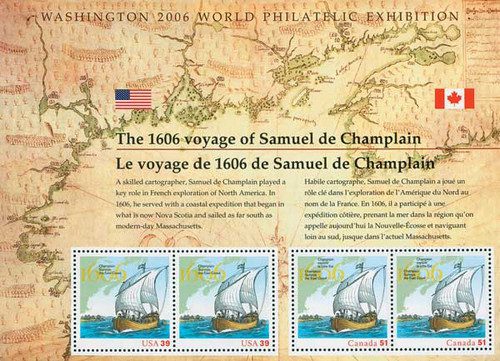
Some of the earliest accounts of outsiders in the Wabanaki territory were in the 1500s when Europeans reportedly began trading with them. In 1604, French explorer Samuel de Champlain ran aground at Mount Desert Island and gave the mountain its current name. The Wabanaki kindly welcomed French Jesuits in 1613, who established the first French mission in America near the entrance of Somes Sound. The French were in the process of building a fort and baptizing natives when an English ship, led by Captain Samuel Argall, arrived and destroyed the mission. With the French in control of the area north of the island and British in the south, there was little European activity on the island for about 150 years.
A British victory over the French in 1759 made the island part of New England until the American Revolution saw the island added to the newly formed United States of America. Soon, American homesteaders arrived at the island. By 1820, farming, lumbering, fishing, and shipbuilding were the area’s major occupations. Hundreds of acres of trees were cut down for commercial use. By the mid-1800s, artists of the Hudson River School, including Thomas Cole and Frederic Church, popularized the island to outsiders. Over the next few decades, there were 30 hotels on the island and tourism was among the island’s main industries. As the 19th century came to a close, the island became a popular retreat for wealthy families, many of whom built lavish houses with breathtaking views.
The “Father of Acadia National Park,” George B. Dorr, first visited the area in 1868 while on vacation with his parents. During that stay, he decided to make Mount Desert Island his home. Early on he knew this land was special and worked tirelessly to collect land for protection. He convinced others to give land or money to buy land and gave much of his own. In 1901, along with Charles W. Eliot, he created the Hancock County Trustees of Public Reservations to continue to raise money and set aside land. By 1913, however, he realized that the land needed federal protection to be truly safe and that became his primary concern. Dorr immediately began meeting with influential friends in Washington armed with maps, deeds, and titles – anything necessary to convince them how important this was.
After more than two years of aggressive lobbying, Dorr had success. On July 8, 1916, President Woodrow Wilson established the Sieur de Monts National Monument. Dorr and the trustees had wanted to make it a national park, but he didn’t want to wait the extra time for Congress to deliberate on the issue.
Dorr was appointed the first superintendent of trustees to the lands and immediately began work on a springhouse. Beginning in 1915, wealthy philanthropist John D. Rockefeller Jr. paid for, designed, and oversaw the construction of 57 miles of carriage trails through the park. An expert road builder, Rockefeller’s trails featured sweeping vistas and remarkable close-up views of the natural sights.
Over time, more land was added and in 1919, it achieved a new status as Lafayette National Park – the first National Park east of the Mississippi River. During his years overseeing the park, Dorr demanded everything be of the highest quality, and nothing be done that might harm the park’s unsurpassed beauty or uniqueness. Ten years after achieving National Park status, it was renamed Acadia – in honor of the French who originally called the area Arcadia – meaning refuge or idyllic place.
The arrival of the Civilian Conservation Corps in 1933 saw the creation of more trails throughout the park and two camps, one of which serves as the park headquarters today. Since that time, the island’s residents have kept their predecessor’s traditions alive, continuing to donate lands and establishing rules on their own property to keep the landscape safe.
Click here for more from the official National Park Service website.
FREE printable This Day in History album pages |
Discover what else happened on This Day in History.

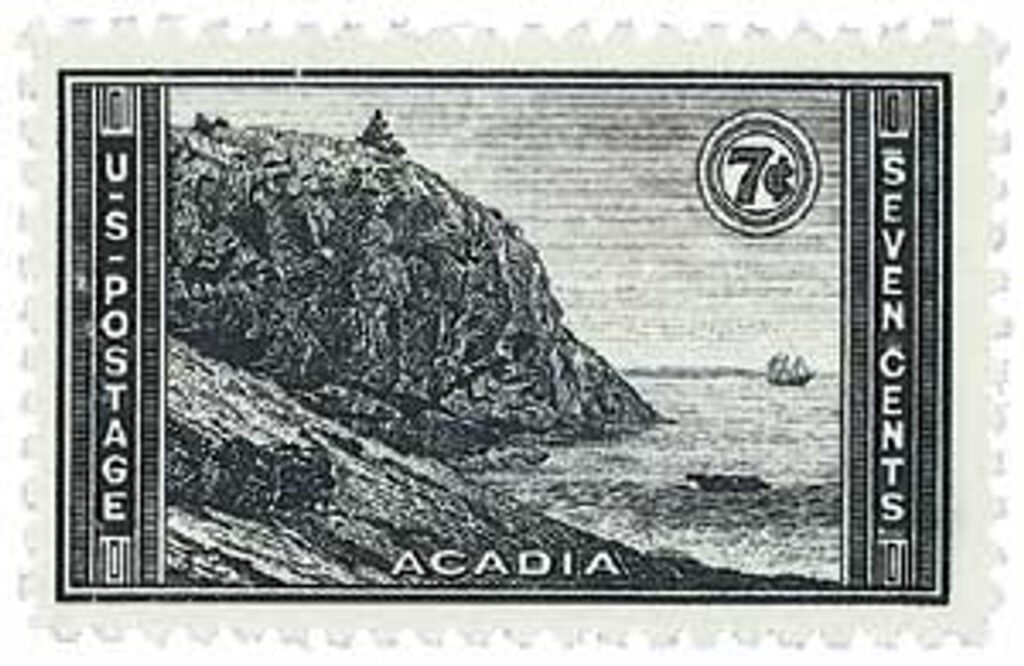
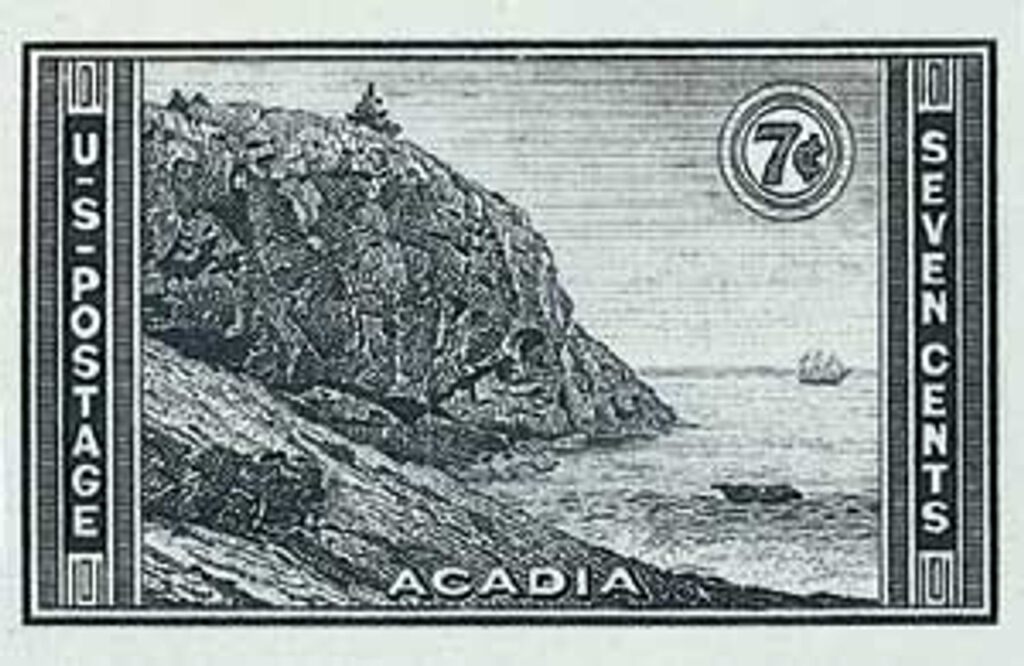

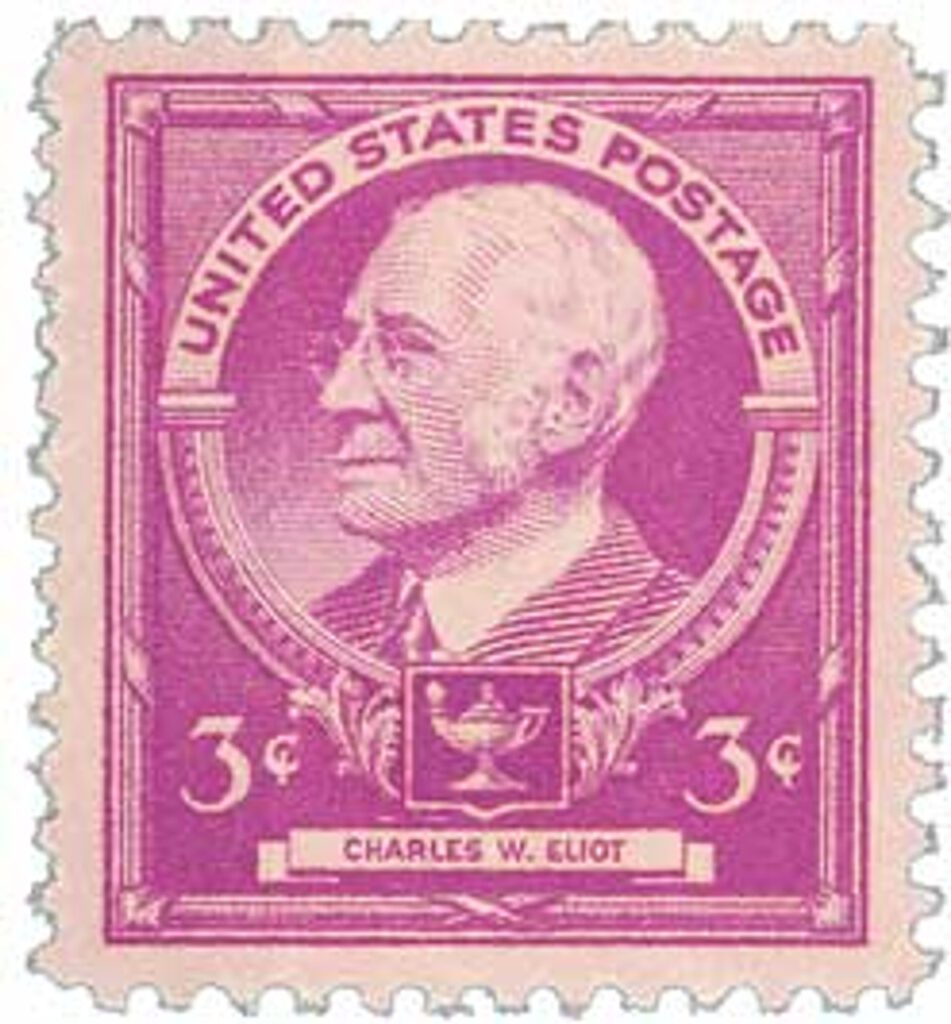
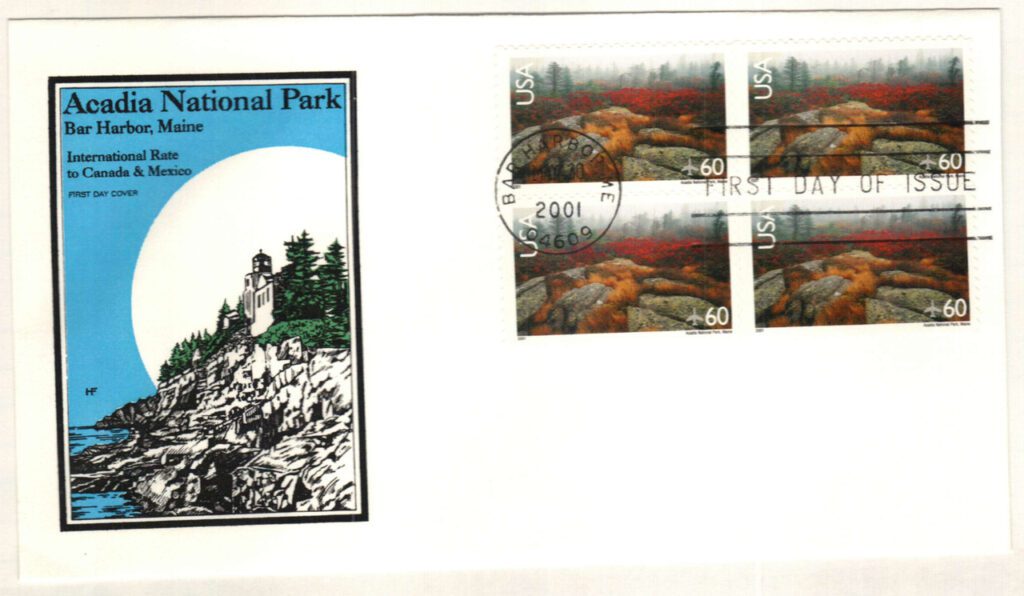
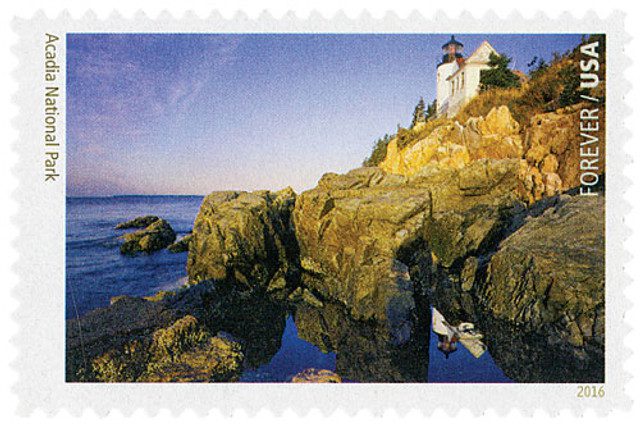
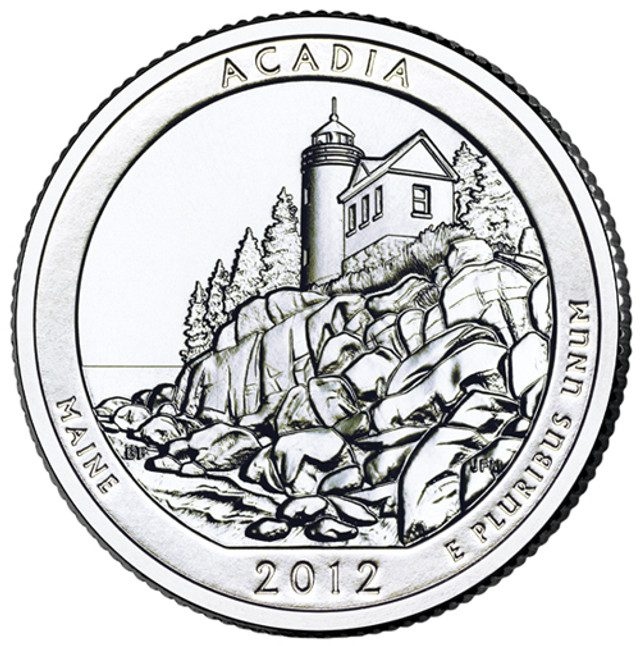
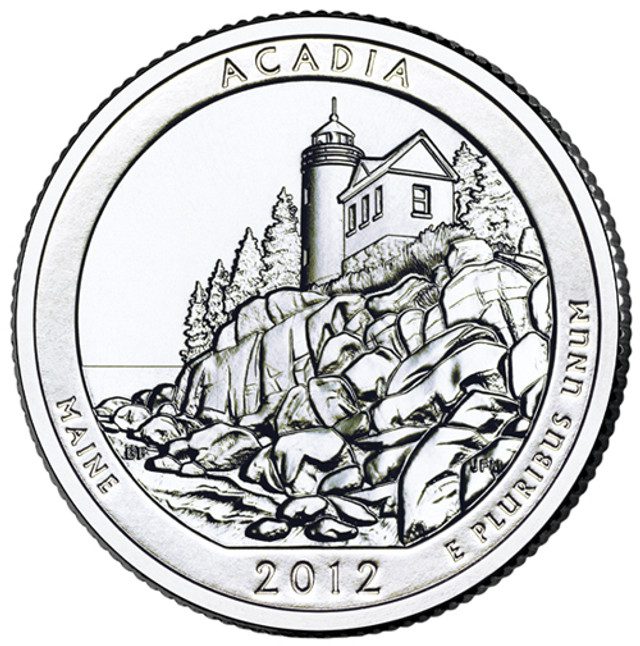
Thankfully Dorr, Eliot, John D Rockefeller Jr, as well as others teamed up to protect this beautiful area for future generations to enjoy. Great lesson Mystic, well done.
Thank you, George W. Dorr, Charles W. Eliot, the Hancock County Trustees, President Woodrow Wilson, John D. Rockefeller, Jr. and the U.S. Congress for helping to establish Acadia as a National Park, one of America’s 415 National Parks Monuments, Seashores, and other protected areas. As author Wallace Stegner once wrote. “National Parks are the best idea America ever had.”
Great article loved reading all about one of a America’s beautiful national parks and the stunning stamps that were made to show what a stunning park it is